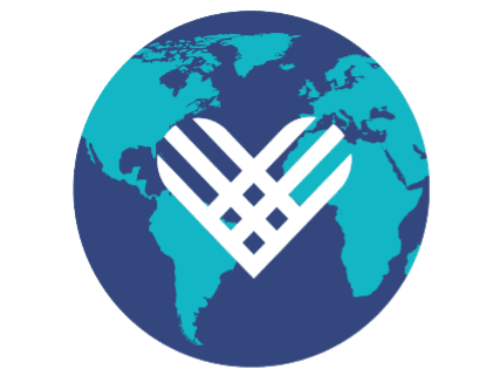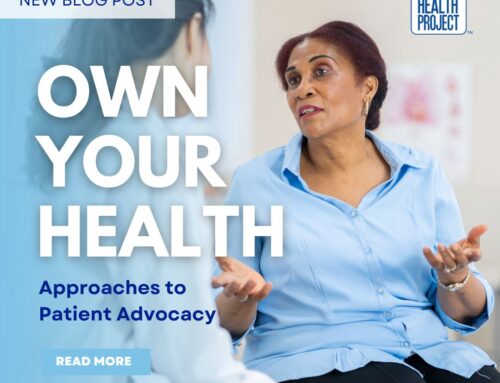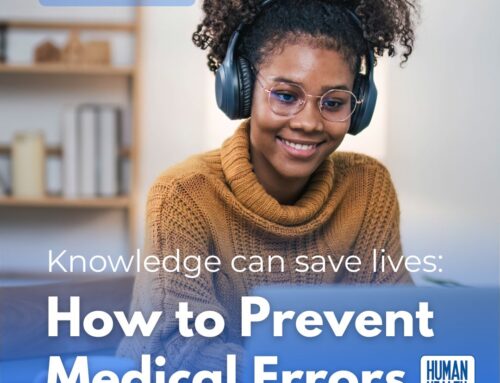By now, you probably know that having a surgery, visiting the emergency room, or simply riding in an ambulance could lead to a hefty medical bill. (Fees for each service average $13,200, $3,000, and $1,300, respectively, in California.) Unfortunately, costs in Los Angeles can add up even if you’re insured. Plus, it’s not always feasible to guarantee that you’re receiving care in-network (by an insurance-covered provider) in an emergency. In the moment, you’re more likely to be concerned with simply getting help.
Couple this uncertainty with rising premiums and deductible limits for insured employees, or the potential catastrophe faced by someone with no insurance at all, and you might be wondering how people manage to pay their medical bills. You’re not alone in thinking this.
Luckily, there are a number of steps that you can take both before and after you’re stuck owing a lot of money, as well as resources to guide you through the payment process. We’ll discuss how to pay for medical bills in greater detail below.
*Note that even if you do not have any insurance, you should still go to an Urgent Care facility or to the ER to get treated. Try an Urgent Care first, as it often incurs significantly lower costs compared to the ER. These facilities specialize in addressing minor illnesses and injuries and can provide guidance on the necessity of an ER visit. Remember, ER doctors are required to treat you, regardless of your ability to pay.
Get Government Assistance
Both Medicaid and CHIP (Children’s Health Insurance Program) provide medical expense assistance to qualifying low-income families and individuals. Although enrolling in Medi-Cal (California’s version of Medicaid) won’t allow you to apply benefits retroactively in the case of a medical bill, it will help you in the future. Insurance companies like Anthem Blue Cross, Blue Shield of California, and Kaiser Permanente all offer Medi-Cal plans.
Medi-Cal pays providers a set amount for a service or procedure, although not all providers accept it. It’s crucial to verify whether your chosen provider accepts Medi-Cal before seeking treatment. In most circumstances, you will pay very little or even nothing for non-emergency procedures, emphasizing the importance of confirming provider acceptance to ensure cost-effective healthcare..
CHIP, meanwhile, offers low-cost assistance to children in lower-income families who still earn too much to qualify for Medi-Cal. You can apply at any time of year and receive comprehensive coverage, including doctor visits, vision and dental care, and immunizations.
Apply for Covered CA, Medicare, & Supplemental Security Income (SSI)
If you don’t qualify for Medi-Cal and are not insured through an employer, you may qualify for a medical plan through Covered California, aka “Obamacare.” When you apply, you can buy health insurance from brand-name providers and receive income-based financial help. In fact, Covered CA says that many customers pay $10 or less per month to receive coverage after they’ve gotten that monetary assistance.
You may also apply for Medicare, which is health insurance for Americans age 65 and older. Eligibility starts up to three months before your 65th birthday. However, some individuals may qualify earlier, including: if you have a disability; if you have Lou Gehrig’s disease, also known as ALS; or if you have End-Stage Renal Disease (ESRD).
Another lesser-known source of aid is Supplemental Security Income, or SSI. SSI is available to people with a disability, or any older Americans with little to no income. Both adults age 65+ and children may be eligible if they lack resources and have a disability or are blind. Your income, living situation, and personal belongings all affect how much money you can receive each month.
Check Your Medical Bill for Errors
Beyond applying for more affordable insurance and receiving financial assistance, it’s important to carefully look over any bills you do receive. Medical billing errors are very common. In fact, as many as 80% of medical bills may include some type of error. Annually, this can amount to billions of dollars of false debt—which could ultimately affect you. In order to avoid this scenario, it’s important to review any forms related to your explanation of benefits and any billing statements.
If you find unauthorized charges, duplicate charges, or medical billing codes that you aren’t familiar with, call the hospital or the medical provider’s billing office to discuss your concerns. Also, make sure that any charges you were billed for were not covered by your insurance policy.
Ask for a Discount and Negotiate Payment
Once you’re aware of how much you do in fact owe, you may contact your provider’s billing office to ask for a discount. If you didn’t have insurance when you were treated, you were likely charged a very high rate. If you’re able to pay all of the amount owed in a single lump sum, or can pay in full in 1–2 months, you may have luck negotiating lower rates. According to a 2023 LendingTree survey of 1,032 people, 90% said they successfully reduced or eliminated medical debt after calling their health care provider to negotiate.
Or, if you know what kind of treatment you’ll be receiving and are concerned about future costs, you can always contact your provider to express your concerns. You may get a discount by simply asking for a rate that seems more reasonable. If you’re wondering just how much a particular procedure costs, resources like the Healthcare Blue Book can help.
Establish a Payment Plan
With medical bills, the full amount owed can typically be paid over time. That means it’s possible to come up with a monthly payment plan that also fits within your budget. Many providers offer interest-free plans that stretch over an extended period of time. Additionally, under-resourced individuals may be eligible for an income-based hardship plan wherein a portion of their medical debt is ultimately forgiven. In any case, speak to someone in your provider’s billing office to find out more and establish a workable plan.
Conclusion
While there are additional options for paying off medical debt including hiring an attorney, consulting a patient advocate, or signing up for a medical credit card, the Human Health Project wants to provide you with the most cost-effective means of receiving quality assistance. We hope that you’ve found this post helpful and we encourage you to visit the Human Health Project to learn more about topics like Your Rights as a Patient or Finding Credible Information Online via our Learning Academy. You can also sign up for a Patient Advocacy Workshop where you will learn how to advocate for yourself or a loved one and visit the Online Events page where you can view videos of past events and sign up to new ones.






Leave A Comment
You must be logged in to post a comment.